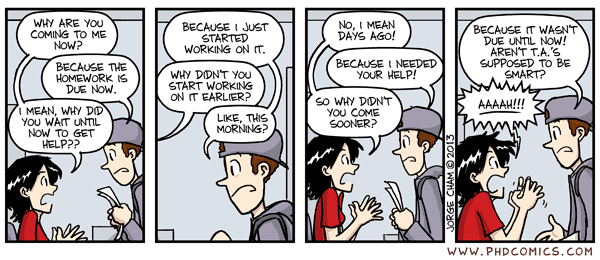Theory of constraints is based heavily, if not completely, on the premises of logical thinking. The generic solutions are the result of logical thinking done by thought leaders with regard to wide spread phenomena. The Thinking Process is a toolkit designed to help users apply the same logic to specific cases and to new situations.
Logical thinking, and specifically sufficient cause thinking which deals with cause and effect situations, contains loops. In sufficient cause logic a cause generates an effect, that effect in turn becomes a cause and generates a new effect. A loop is a situation where the effect of one cause is also the cause of that safe effect, directly or indirectly. OK, that's confusing, so let's put a construct to it. If A causes B and B causes A, that's a loop and a direct loop at that. Most loops I can think of are indirect loops, in which A cases B, B causes C and C causes A. It's important to note that loops exist within a context, meaning there are other things happening in the system creating the results, no just a loop, and that they have a starting point, something that happens first to initiate the loop.
Loops reinforce or amplify the effects being caused. A loop constructed of undesirable effects will create a negative feedback loop, meaning things will get worse much faster. A loop constructed of desirable effects will create a positive feedback loop, meaning things will keep on improving as if on autopilot. The bigger the loop, that is, the more steps needed before getting back to the starting cause, the stronger the effects of that loop will be.
There is another type of loop. This is a stand alone, closed loop and it lacks vital logic clarity. These loops, called tautologies, are circular logic where the result is used to explain the cause, not fortify it. These loops have no start and no end. Here's a great example of tautology, a circular logic:
Looking at it, seems to me that's there is something missing and that's causality. While the initial, intuitive, thought is that A is the reason for B and B is the reason for A, a through, logical consideration shows they are not connected. This is a logic mirage (jeez, I'm heavy into fantasy these days - sirens, mirages, the works).
Now, we all can succumb to tautology unintentionally, so we better be intentional.
If you have good examples of tautology, please share!

No comments:
Post a Comment